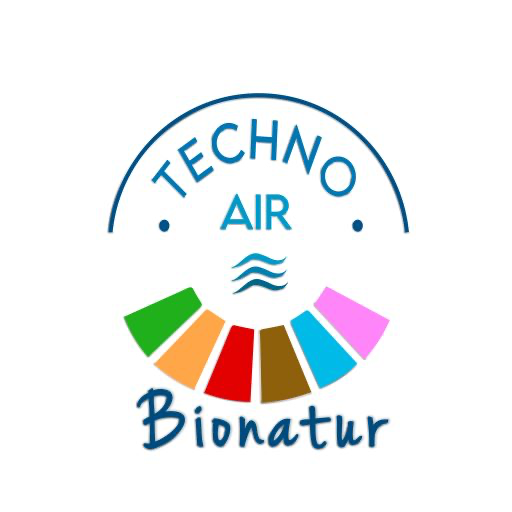Biogas
What is Biogas?
Biogas is a combustible gas basically made up of methane (between 50% and 70%) and carbon dioxide (CO2) in addition to small amounts of other gases (hydrogen sulphide (H2S), siloxanes, mercaptans) which is produced artificially creating a biological decomposition process of organic material into a natural process, produced in anaerobic conditions (absence of oxygen) using specific bacteria. We can say that a biogas plant is one facility where the natural cycle occurs in an accelerated way.
Biogas is obtained as a result of digestion, a gas with similar characteristics to natural gas and organic waste (bio-fertiliser), which is good for crops.
Biogas has on average calorific power between 18.8 and 23.4 megajoules per cubic metre (MJ/m³) and power at 2MW per each 1000 Nm3/h of biogas.
This gas can be used to produce electricity using turbines or gas generation plants, in ovens, heaters, driers, boilers or other gas-fuelled systems, duly adapted for such purpose.
Biogas production through anaerobic decomposition is a method considered useful for treating biodegradable waste, since it produces an added value fuel, in addition to producing a bio-fertiliser that can be soil conditioner or generic fertiliser.
Capturing biogas coming from compost plants and dumps prevents smells and also protects the atmosphere from methane which is 30 times more toxic than carbon dioxide for the greenhouse effect.
The elements in a biogas plant are the substrates, digester and cogeneration unit. The substrates are the organic material (mud from purification, manure, industrial waste, etc.) that is put into a digester to create the ideal bio-system for cultivating the bacteria that will carry out the digestion and therefore that will produce the biogas. Biogas is also produced during anaerobic breakdown in rubbish dumps.
Once the mixture is ready in the digester the process consists of continuing to mix and providing nutrients and optimised substrates to obtain the maximum biogas production. The digester is a large closed cylindrical container made of stainless steel, insulated with helixes for mixing the substrates, without air inside that creates conditions to activate the bacteria (anaerobic digestion).
Due to the absence of oxygen inside the digester the anaerobic bacteria contained in the substrate start to digest it. First a hydrolysis and fermentation phase occurs, then acetogenesis and finally metallogenesis through which methane is produced.
This biogas is used as a fuel for cogeneration equipment made up of a combustion engine coupled with a generator where the biogas is transformed into renewable origin thermal electricity.
Temperature is an important factor in the time needed for the bacteria to be able to digest the material. At around 30°C 10 days is needed, at 20°C about 25 days and at 10°C approximately 55 days are needed.
How to remove H2S and siloxanes from Biogas?
Bionatur filters make it possible to remove 100% of the H2S, siloxanes and mercaptans and therefore prevent corrosion and the significant mechanical wear and tear that these components would cause in the engines and other equipment in the biogas facility, also eliminating bad smells that can occur.
Biogas is considered as a source of renewable energy that is legally governed by Royal Decree 661/2007

 English
English  Español
Español  Français
Français  Português
Português 